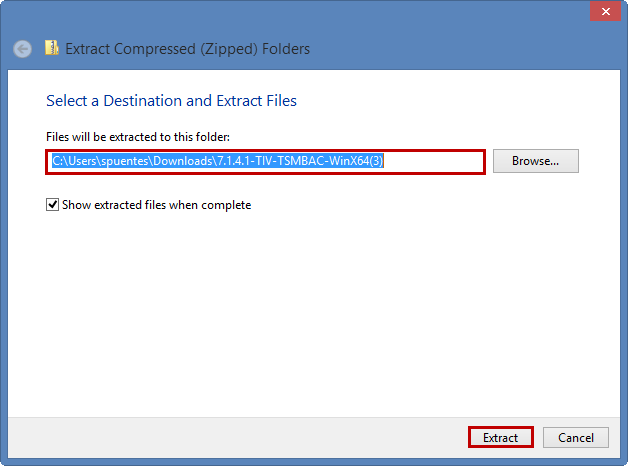

On the Product activation type page, select whether you want to use the Tableau authorization-to-run (ATR) service to activate Tableau Server (the default), and then click Install. If you are installing a multi-node Tableau Server, see Install and Configure Additional Nodes. You do not need to change this from the default (Create new Tableau Server installation.) unless you are installing a multi-node Tableau Server. On the Server installation type page, you can specify whether you are installing the first node of a Server installation, or additional nodes in a multi-node installation. You may need to do this multiple times for the installation to complete. Note: If you are prompted by Windows Defender Firewall, click Allow access.
#How to install tsm 4 how to#
See Upgrade Tableau Server Overview for information on how to choose your upgrade steps. Upgrade steps vary depending on your target version and install location. If you are upgrading from Tableau Server version 2018.1 or earlier and Tableau was installed to a non-default location, you need to specify the location of your existing version. You can remove this if it is not the location you want. Be aware that if you browse to a location, the Setup program appends \Tableau Server to the end of the path. You can choose a different location, including a different drive, either by browsing to or typing in a new path. The Setup program displays the install path without the version, like this: C:\Program Files\Tableau\Tableau Server. The default installation path is C:\Program Files\Tableau\Tableau Server\. Sign in as a user with administrator access to the computer where you want to install Tableau Server and double-click the installation file.įollow the on-screen instructions to complete Setup and You should also never restore a production Tableau Server installation using a backup of a beta version.

Important: Do not install a beta version of Tableau Server in your production environment.
#How to install tsm 4 download#

#How to install tsm 4 software#


 0 kommentar(er)
0 kommentar(er)
